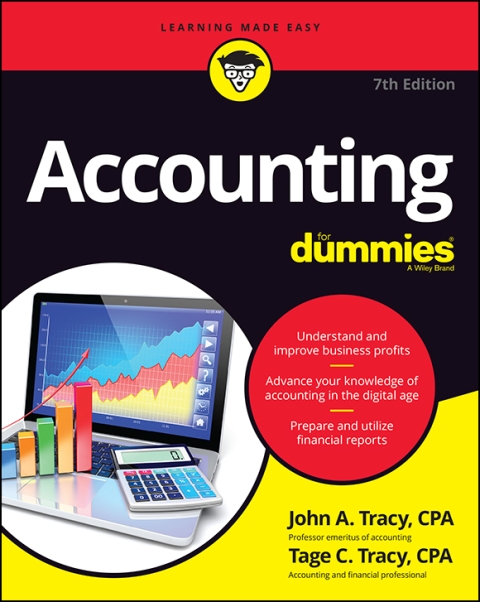Description
Efnisyfirlit
- Introduction
- Who Should Buy This Book
- What’s Inside
- Conventions
- How to Contact the Author
- Chapter 1 Working in Autodesk Maya
- Color Management
- Creating and Editing Nodes
- Creating Maya Projects
- The Bottom Line
- Chapter 2 Introduction to Animation
- Using Joints and Constraints
- Inverse Kinematics
- Keyframe Animation
- The Graph Editor
- Playblast and FCheck
- Driven Keys
- Motion-Path Animation
- Motion Trails
- Animating Constraints
- Animation Layers
- Grease Pencil
- The Bottom Line
- Chapter 3 Hard-Surface Modeling
- Understanding Polygon Geometry
- Understanding NURBS
- Using Subdivision Surfaces
- Employing Image Planes
- Modeling NURBS Surfaces
- Converting NURBS Surfaces to Polygons
- Modeling with Polygons
- The Bottom Line
- Chapter 4 Organic Modeling
- Implement Box Modeling
- Employ Build-Out Modeling
- Sculpt Polygons
- Use Retopology Tools
- The Bottom Line
- Chapter 5 Rigging and Muscle Systems
- Understanding Rigging
- Creating and Organizing Joint Hierarchies
- Rigging the Giraffe
- Human Inverse Kinematics
- Skinning Geometry
- The Maya Muscle System
- The Bottom Line
- Chapter 6 Animation Techniques
- Working with Deformers
- Animating Facial Expressions Using Blend Shapes
- Animating a Scene Using Nonlinear Deformers
- Creating a Jiggle Effect
- Optimizing Animations with the Geometry Cache
- Applying Motion Capture
- The Bottom Line
- Chapter 7 Lighting with mental ray
- Shadow-Casting Lights
- Indirect Lighting: Global Illumination
- Indirect Illumination: Final Gathering
- Image-Based Lighting
- Physical Sun and Sky
- mental ray Area Lights
- Light Shaders
- The Bottom Line
- Chapter 8 mental ray Shading Techniques
- Shading Concepts
- Layering Shaders
- The Bottom Line
- Chapter 9 Texture Mapping
- UV Texture Layout
- Bump and Normal Mapping
- Displacement Mapping
- Subsurface Scattering
- ShaderFX
- The Bottom Line
- Chapter 10 Paint Effects
- Using the Paint Effects Canvas
- Painting on 3D Objects
- Understanding Strokes
- Designing Brushes
- Create Complexity by Adding Strokes to a Curve
- Shaping Strokes with Behavior Controls
- Animating Strokes
- Rendering Paint Effects
- The Bottom Line
- Chapter 11 Rendering for Compositing
- Render Layers
- Render Passes
- Setting Up a Render with mental ray
- mental ray Quality Settings
- The Bottom Line
- Chapter 12 Introducing nParticles
- Creating nParticles
- Making nParticles Collide with nRigids
- Using nParticles to Simulate Liquids
- Emitting nParticles Using a Texture
- Using Wind
- Shading nParticles and Using Hardware Rendering to Create Flame Effects
- Controlling nParticles with Fields
- Rendering Particles with mental ray
- The Bottom Line
- Chapter 13 Dynamic Effects
- Creating nCloth Objects
- Creating nCloth and nParticle Interactions
- Soft Body Dynamics
- Creating Flying Debris Using nParticle Instancing
- Animating Instances Using nParticle Expressions
- Bullet Physics
- The Bottom Line
- Chapter 14 Hair and Clothing
- Understanding XGen
- Animating Using Dynamic Curves
- Adding Hair to a Character
- Styling Hair
- Rendering Hair
- Creating Clothing for Characters
- Painting nCloth Properties
- The Bottom Line
- Chapter 15 Maya Fluids
- Using Fluid Containers
- Fluid Interactions
- Igniting the Fuel
- Rendering Fluid Containers
- Creating Fluids and nParticle Interactions
- Creating Water Effects
- The Bottom Line
- Chapter 16 Scene Management and Virtual Filmmaking
- Organizing Complex Node Structures with Assets
- File References
- Determining the Image Size and Film Speed of the Camera
- Creating and Animating Cameras
- Creating Custom Camera Rigs
- Applying Depth of Field and Motion Blur
- Using Orthographic and Stereo Cameras
- Using the Camera Sequencer
- The Bottom Line
- Appendix A The Bottom Line
- Appendix B Autodesk Maya 2016 Certification
- EULA





